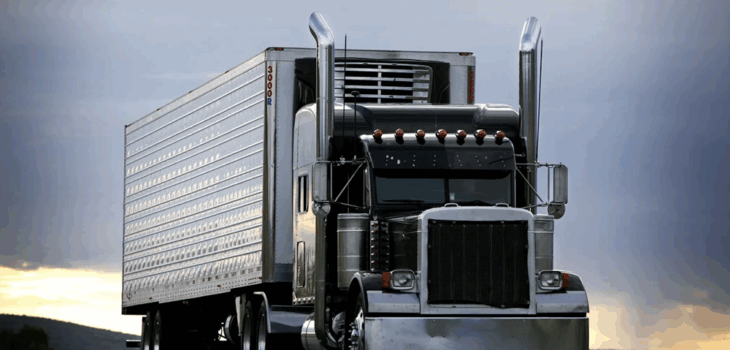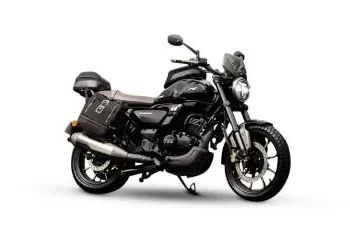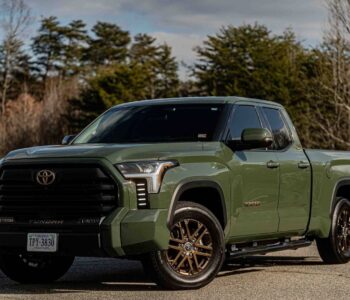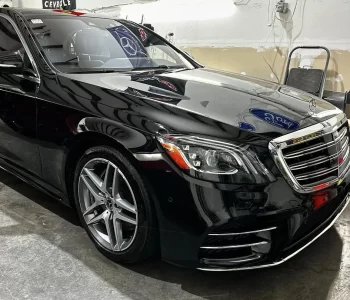 Automotive
Automotive
Explore the Top 5 Factors to Consider When Buying…
Have you ever wondered why so many Aussie truck owners swear by their bullbars? Or maybe you’ve driven on rural roads and noticed kangaroos darting across your path, making you think twice about front-end protection. Even if you’re cruising in the city, a solid bullbar can give you added peace of mind.
We’ll run through legal requirements, explore how to choose the right fit for your truck, and even cover aesthetics and brand comparisons. Whether you’re new to bullbars or a seasoned expert, get ready to pick up some useful tips that will help you drive safer and smarter on Australian roads.
Material and Build Quality
Choosing the right truck bullbar material is where it all begins. If you’re weighing up aluminium vs steel, you’re certainly not alone. Many drivers lean towards steel for its strength, especially if they often drive through rough terrain filled with large animals. Steel bullbars can handle substantial impacts, but they can be heavier, potentially adding more load to your vehicle over time.
Aluminium bullbars, on the other hand, aim to strike a balance between strength and weight. Aluminium is corrosion-resistant, which means it holds up better near coastal areas or in humid climates. Plus, a lighter bullbar can be a big advantage if you’re worried about affecting your vehicle’s handling or fuel usage.
Maintenance also plays a role in material selection. Steel bullbars may need a bit more care to prevent rust, especially if you’re regularly driving on salted roads or muddy off-road tracks. In contrast, aluminium requires less upkeep, but repairs can be costlier if you end up with major dents. Examining your driving needs and how frequently you’ll be facing tough conditions will help you make the right call.
Legal Compliance and Safety Standards
Before you commit to a bullbar, it’s critical to know the regulations set by Australian authorities. Rules revolve around bullbar design, such as edge rounding and the proportion of coverage across your bumper. These regulations aim to keep roads safer for pedestrians, cyclists, and other drivers. If you’re unsure, a quick chat with a professional installer or a look at official guidelines can help you confirm your chosen bullbar meets Australian standards.
Safety features don’t stop at external design, either. Airbag compatibility is another vital area to consider. Modern vehicles often have sensors in the front, and your bullbar has to be designed so it doesn’t delay or prevent airbag deployment during a collision. After all, your safety is paramount. The last thing you want is a bullbar that disrupts your vehicle’s crash-response system.
Vehicle Fit and Compatibility
Now that we’ve covered how to stay on the right side of the law, it’s time to look at compatibility. Different trucks call for different bullbar shapes and attachment points, so it’s essential to pick one that’s purpose-built for your make and model. Universal bullbars might seem like a quick fix, but they may not align perfectly with your vehicle’s frame or front-end components. A good fit ensures that your new bullbar won’t rattle or shift under pressure.
Installation requirements can vary too. Some bullbars require you to modify your bumper or relocate certain sensors, which is best done by professionals. Attempting a do-it-yourself approach might save money initially, but if something goes wrong, you could risk damaging your vehicle or voiding your warranty.
Aesthetics and Additional Features
While performance usually comes first, your bullbar’s look matters too. Designs range from simple, minimalistic bars to more aggressive styles featuring brush bars and headlight hoops. Some drivers like rugged aesthetics that shout off-road adventure. Others prefer a clean-cut design that blends seamlessly with a modern truck’s lines. Think about whether you want your vehicle to stand out or match its existing profile.
Beyond style, additional features can be game-changers. Many bullbars now include built-in LED lights that brighten up dark roads and offer greater visibility in foggy conditions. If you regularly venture off-road, consider a bullbar that supports a winch for self-recovery in muddy or rocky terrains. Even handy jacking points can come in clutch when changing a tyre on uneven ground.
Budget and Commercial Considerations
Money is often the deciding factor when making a big purchase, and bullbars are no exception. Quality bullbars for trucks typically range from a few hundred dollars at the lower end to a couple of thousand for premium or custom builds. Keep in mind that price doesn’t only reflect the materials used but also the level of craftsmanship and the brand’s reputation.
Think about the total cost of ownership rather than just the upfront price tag. Installation labour can add to your expenses, especially if you need to factor in extra modifications for your truck’s sensors or bumper. Over the long term, you’ll also want to account for ongoing maintenance, like repainting or occasional cleaning to remove dirt and road salt. In commercial settings—say, for a fleet of off-road utility trucks—the costs can multiply quickly, so planning ahead helps you balance performance and affordability.

Comparing Different Bullbar Brands and Suppliers
Selecting the right brand can feel overwhelming when there are so many options. A trustworthy manufacturer should openly state that their products meet Australian standards. They should also have a solid track record of reliability. Online reviews and forums can provide a glimpse into real-world experiences just remember to weigh up both positive and negative feedback to form a balanced view.
In addition to product quality, consider the warranty and level of customer service each brand provides. Some companies offer extended warranties that speak to their confidence in the product’s durability. Better still, see if they have a responsive customer service team. The last thing you want is to be left in the dark if something goes wrong or if you need spare parts. Remember to explore the aftermarket scene too; certain bullbar brands have more accessories available, which can be a plus if you like to tinker or upgrade.
Installation and Maintenance Best Practices
When deciding between a do-it-yourself setup and hiring a professional, think about your confidence level and the complexity of the bullbar’s design. Simple installations might be manageable if you’re handy with tools and have a garage space. However, if your bullbar includes LED light wiring, airbag sensor consideration, or a winch mount, professional help could save you time and stress. Plus, professional installation often comes with a warranty of its own, giving you added reassurance.
Once your bullbar is in place, regular inspections are important for ongoing safety. Check for loose bolts, any cracks in the welds, and signs of rust if you’ve opted for steel. This is especially vital if you frequently drive on corrugated roads or through water crossings. A small problem can escalate into a major defect if ignored.
Conclusion
Summing up, picking the right truck bullbar goes beyond just looks it’s about safety, legal compliance, and practical functionality. In Australia, those outback roads and wildlife encounters make a bullbar an invaluable piece of gear, all while offering peace of mind in busier city settings. When you’re lined up to buy, consider each factor: the material’s pros and cons, your local regulations, the fitting process, the look you’re after, and of course, the total cost.
A bullbar not only protects your truck’s front end but can also house extras like lights or winches. If you genuinely understand your driving needs be they off-road adventures or daily urban commutes you’re in the best position to choose a truck bullbar that ticks every box.
To sum up, a sturdy, well-chosen bullbar can outlast several years of driving, especially if it’s installed correctly and maintained well. Whether you’re tackling dusty outback trails, bustling highways, or something in between, the right bullbar can make a vital difference.







